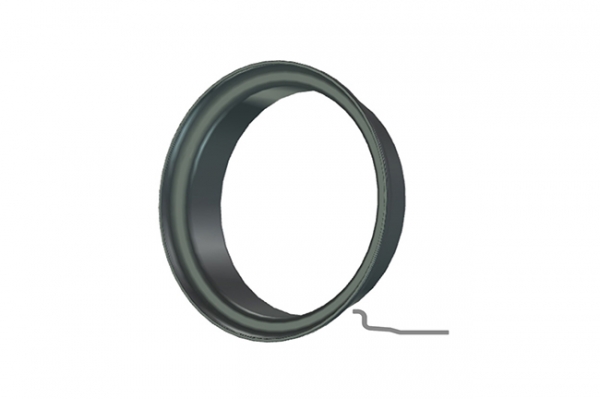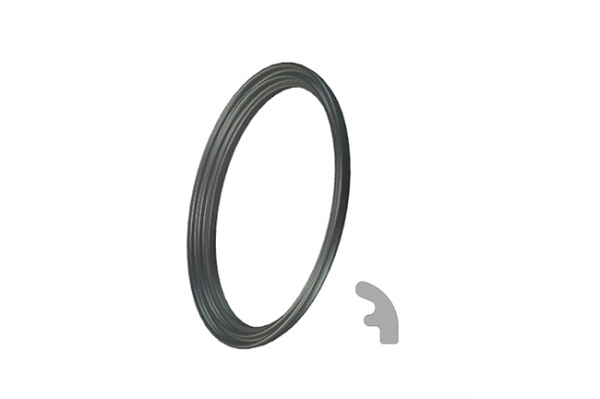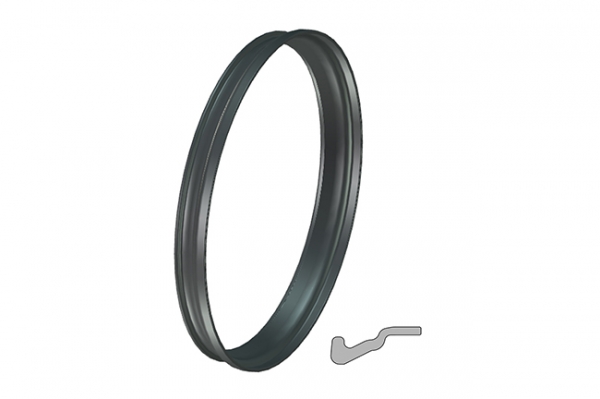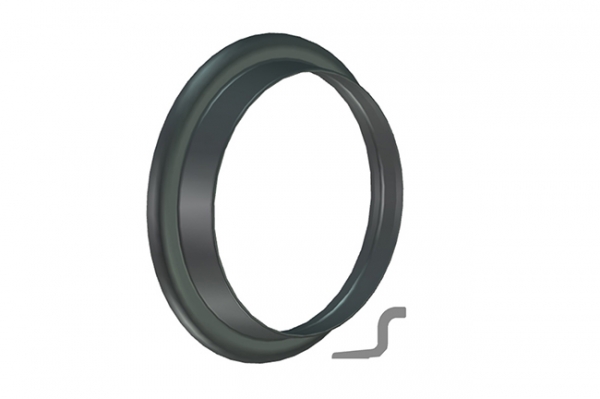Profiled steel is a kind of section steel, which is different from ordinary section steel. According to the different types of processes, they are also different. Custom sections usually refer to hot-rolled sections. Because this material has stronger deformation resistance than other types of steel, and its recrystallization speed is not fast even at high temperature, we must pay attention to the equipment during production. When profile steel customized manufacturers produce products, the progress of science and technology and the gradual improvement of many industrialization levels can also reflect this as their production.
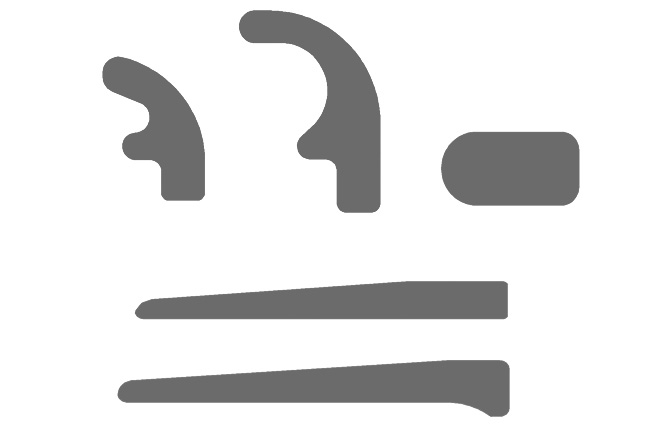
1. Residual stress caused by uneven cooling. Residual stress is the internal self-phase equilibrium stress without external force. This residual stress exists in hot-rolled profile steel of various sections. The larger the section size, the greater the residual stress. Although the residual stress is self-equilibrium, it has a certain impact on the performance of steel members under the action of external force. Such as deformation, stability and fatigue resistance may have adverse effects.
2. Hot rolled profiled steel manufacturers point out that after hot rolling, non-metallic inclusions (mainly sulfide, oxide and silicate) in the steel are pressed into thin plates, resulting in delamination (interlayer). In the process of welding shrinkage, the interlaminar structure seriously destroys the tensile properties of steel and may lead to interlaminar tear. The local strain caused by weld shrinkage is often several times of the yield point strain, which is far greater than the strain caused by load.
3. It is difficult to control the thickness and edge width of hot-rolled special-shaped steel products. We are familiar with heat expansion and cold contraction. Even if the length and thickness of hot rolled piece meet the standard at the beginning, there will still be a certain negative difference after cooling. The greater the negative difference, the thicker the thickness.




